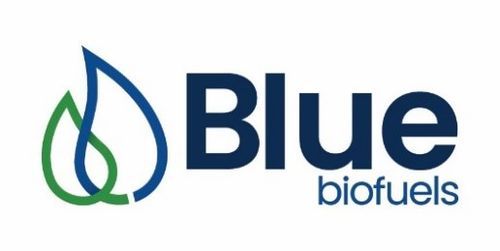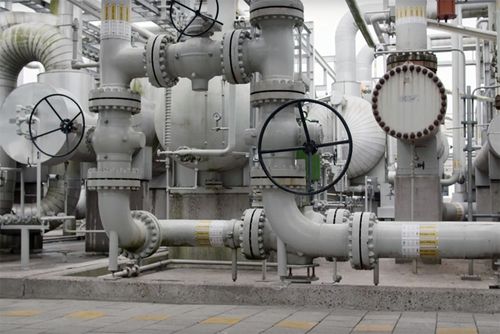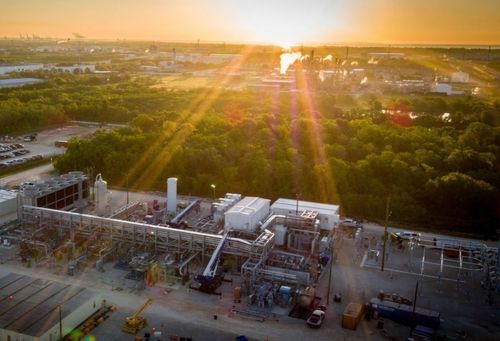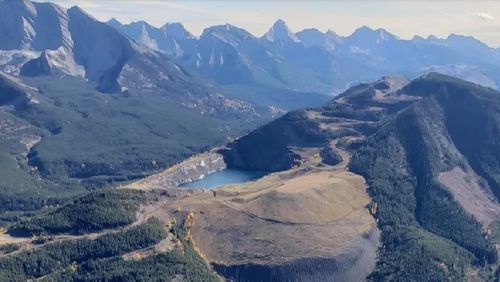TransAlta, the Canadian power generator and wholesale marketing company, is contemplating a buildout of hydrogen production capabilities at its 320 MW Tent Mountain pumped hydro storage project in Alberta, Executive Vice President of Alberta Business Blain van Melle said in an interview.
“Our view on hydrogen is that it’s a technology that’s an option, somewhat further out in the future, particularly when it comes to power generation,” van Melle said. “If we can offer our customers maybe a power and hydrogen solution, and they’re using the hydrogen in another process, that would be something we would look at.”
In early 2022 TransAlta made a CAD 2m equity investment in Ekona Power, a methane pyrolysis company based in Vancouver. The company also committed USD $25m over four years to EIP’s Deep Decarbonization Frontier Fund 1.
That latter investment is a way to continue to learn about hydrogen and have exposure to emerging technologies, van Melle said.
The recent 50% stake acquisition in the Tent Mountain project includes the intellectual property associated with a 100 MW offsite green hydrogen electrolyzer and a 100 MW offsite wind development project.
Having hydrogen production co-located with wind and pumped hydro storage could make sense for the company in a few years, van Melle said. FID on Tent Mountain could be reached sometime in 2025 and will require the company to secure a PPA offtake and determine capital cost. Development work will take three to four years and earliest construction could begin in 2026.
The company has not had discussions with potential offtakers, van Melle said, adding that development on the pumped hydro facility needs to mature before a hydrogen component advances.









